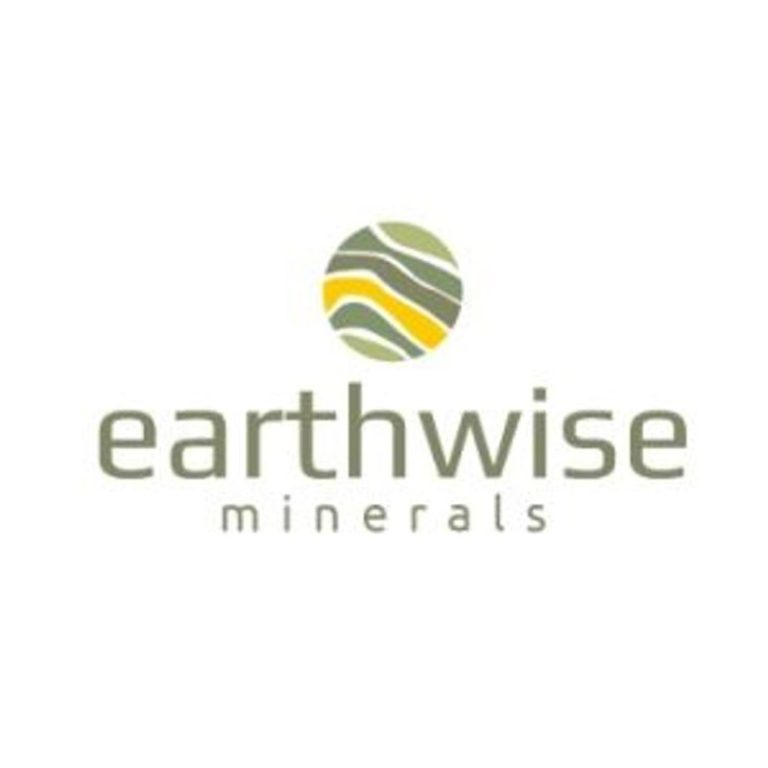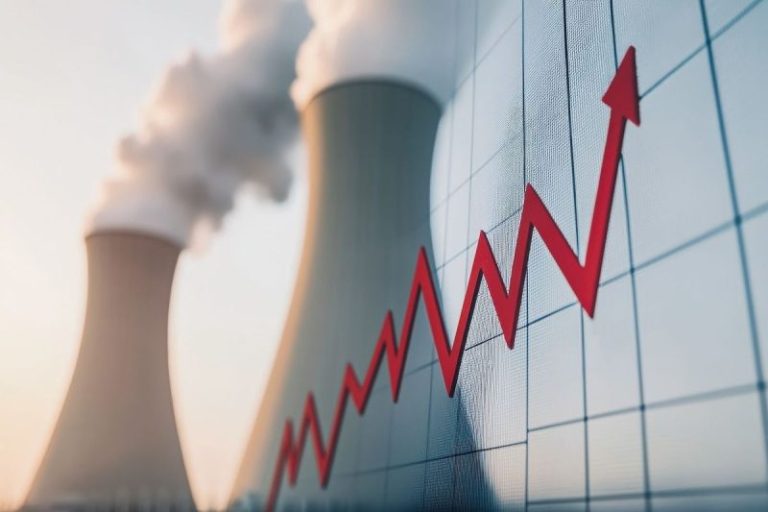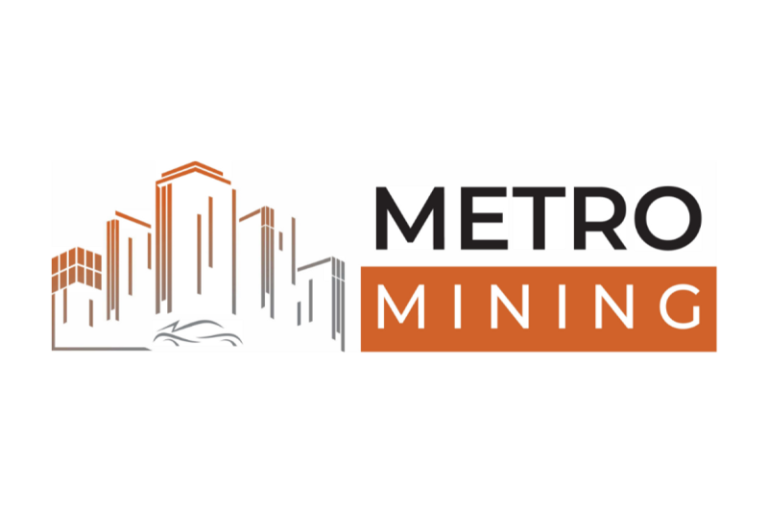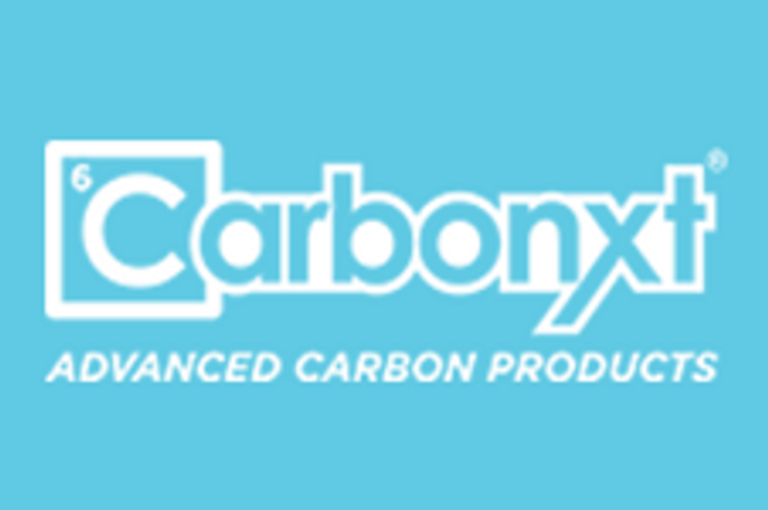Here’s a quick recap of the crypto landscape for Friday (August 29) as of 9:00 p.m. (UTC).
Get the latest insights on Bitcoin, Ethereum and altcoins, along with a round-up of key cryptocurrency market news.
Bitcoin and Ethereum price update
Bitcoin (BTC) was priced at US$108,292, a 3.2 percent decrease in 24 hours. It opened at its highest valuation of the day, US$110,473. Its lowest valuation today was US$108,107.
Bitcoin price performance, August 29, 2025.
Chart via TradingView.
Bitcoin’s slip below the US$110,000 threshold stoked fears of a broader crypto market correction on Friday as liquidations doubled, the US Federal Reserve’s preferred inflation gauge showed persistent price pressures, and Bitcoin flashed a potential risk pattern. Analysts warned the token could be edging toward bear market territory.
According to analyst Rekt Capital, BTC needs to regain US$114,000 as support to prevent an extended correction period.
Adding to volatility, a long-dormant Bitcoin whale that resurfaced this month — after buying US$2.5 billion in Ethereum — shifted another US$1.1 billion on Friday.
Ether (ETH) was priced at US$4,345.17, down by 2.3 percent over the past 24 hours. Its highest valuation today was US$4,389.08, and its lowest was US$4,279.96.
Altcoin price update
- Solana (SOL) was priced at US$203.21, down by 3.5 percent over 24 hours. Its lowest valuation on Friday was US$201.61, and its highest valuation was US$211.02.
- XRP was trading for US$2.82, down by 4.4 percent in the past 24 hours. Its lowest valuation of the day was US$2.80, and its highest was US$2.87.
- SUI (Sui) was trading for US$3.26, down by 4.8 percent in the past 24 hours. Its lowest valuation of the day was US$3.22, and its highest level of the day was US$3.35.
- Cardano (ADA) was priced at US$0.8204, down by 3.1 percent. Its lowest valuation for Friday was US$0.8131, and its highest valuation was US$0.8314.
Today’s crypto news to know
Stablecoins cross US$283 billion threshold record
The stablecoin market reached a new milestone on Friday as total supply climbing to $282.8 billion, according to data from DefiLlama. That marks a 128 percent increase since January, driven by stronger demand for dollar-pegged tokens and fresh regulatory clarity in the US. The surge also follows passage of the GENIUS Act, which sets out federal guidelines for stablecoin issuers and has been billed as a growth catalyst within the sector.
Analysts say stablecoins now serve as a “distribution channel” for US dollars, powering cross-border payments and on-chain settlement systems.
Trump-linked miner American Bitcoin targets September Nasdaq listing
American Bitcoin, a mining company backed by Eric Trump and Donald Trump Jr., is preparing to list on Nasdaq in September following its merger with Gryphon Digital Mining, Reuters reported.
The firm is majority owned by Hut 8 Mining (TSX:HUT,NASAQ:HUT), which controls 80 percent of the business, while the Trump brothers are expected to collectively hold about 19 percent. The company has already raised $220 million to expand its operations and accumulate Bitcoin, adding 215 BTC to its balance sheet as of June.
With Bitcoin trading near US$112,000 this week, that stash is valued at roughly US$24 million.
CEO Asher Genoot said American Bitcoin aims to become one of the largest US mining firms, with backing from high-profile investors including Gemini founders Tyler and Cameron Winklevoss.
Hut 8’s own share price has rallied 29 percent this year. If listed today, American Bitcoin would rank among the top 30 public companies holding Bitcoin in the US.
Eric Trump hails US-China leadership in Bitcoin
Speaking at the BTC Asia conference in Hong Kong, Eric Trump praised China’s influence on the digital asset industry and said the US and Beijing were “leading the way” in shaping Bitcoin’s future.
He credited the Middle East as another fast-moving hub for crypto adoption, while stressing Bitcoin’s ability to unite people across borders and cultures.
The younger Trump also added that his father’s administration had accelerated digital asset policy faster in seven months than the prior decade managed. He described America as “winning the digital revolution” with support from Wall Street institutions, sovereign wealth funds, and retirement investors.
Asked whether Bitcoin would be on the agenda in an upcoming US-China trade meeting, he suggested broader topics would dominate but said he “would certainly love to talk about bitcoin.”
21Shares files for SEI-tracking ETF
Crypto asset manager 21Shares has submitted an S-1 registration statement to the US Securities and Exchange Commission (SEC) for an exchange-traded fund (ETF) that would track the price of SEI.
The proposed ETF would utilize CF Benchmarks, a crypto price index provider, to track SEI’s price using data from multiple crypto exchanges. Coinbase Custody Trust Company is slated to act as the SEI custodian.
SEI is the native token of the SEI network, a layer-1 blockchain launched in 2023. The network specializes in trading infrastructure for decentralized exchanges and marketplaces, using the SEI token for network gas fees and governance participation. 21Shares is also exploring the possibility of staking SEI to generate additional returns, though the firm noted in its filing that it is still investigating potential ‘undue legal, regulatory or tax risk’ associated with this practice.
In an X post, 21Shares said the ETF filing is a “key milestone in our vision to expand exchange-traded access to the SEI Network.” US digital asset investment firm Canary Capital also applied for an SEI ETF in April.
Bloomberg’s James Seyffart has listed all 92 crypto ETPs filings and applications awaiting SEC decisions.
US Department of Commerce to publish economic data onchain
The US Department of Commerce (DOC) announced on Wednesday (August 27) that it will begin publishing official economic data on at least nine public blockchains.
Its stated goal is to make vital information immutable and tamper-proof.
In a significant move for the industry that further underscores the potential of decentralized technology to improve governmental operations, the department is collaborating with blockchain data providers Chainlink and Pyth Network to serve as a bridge across various networks, including Bitcoin, Ethereum and Avalanche.
Chainlink will supply data feeds from the Bureau of Economic Analysis, while Pyth will publish GDP data. The DOC will also publish the Personal Consumption Expenditures Price Index and Real Final Sales to Private Domestic Purchasers.
Reports also indicate that exchanges like Coinbase Global (NASDAQ:COIN), Gemini and Kraken helped facilitate the process by assisting with the transactions required to publish the data on-chain.
Aave protocol’s total value locked surges past US$40 billion
While the DOC’s announcement is a major positive for the entire crypto space, the Aave protocol has seen a remarkable surge in its total value locked, exceeding US$40 billion. This comes after the lending platform launched the Horizon RWA Market on Tuesday (August 26), the first real-world application of its ongoing V4 upgrade strategy.
Crypto intelligence platform Nansen also noted the surge in transaction volume on Avalanche this week, with over 11.9 million transactions recorded across over 181,300 active addresses, an increase of 66 percent.
Securities Disclosure: I, Giann Liguid, hold no direct investment interest in any company mentioned in this article.
Securities Disclosure: I, Meagen Seatter, hold no direct investment interest in any company mentioned in this article.










